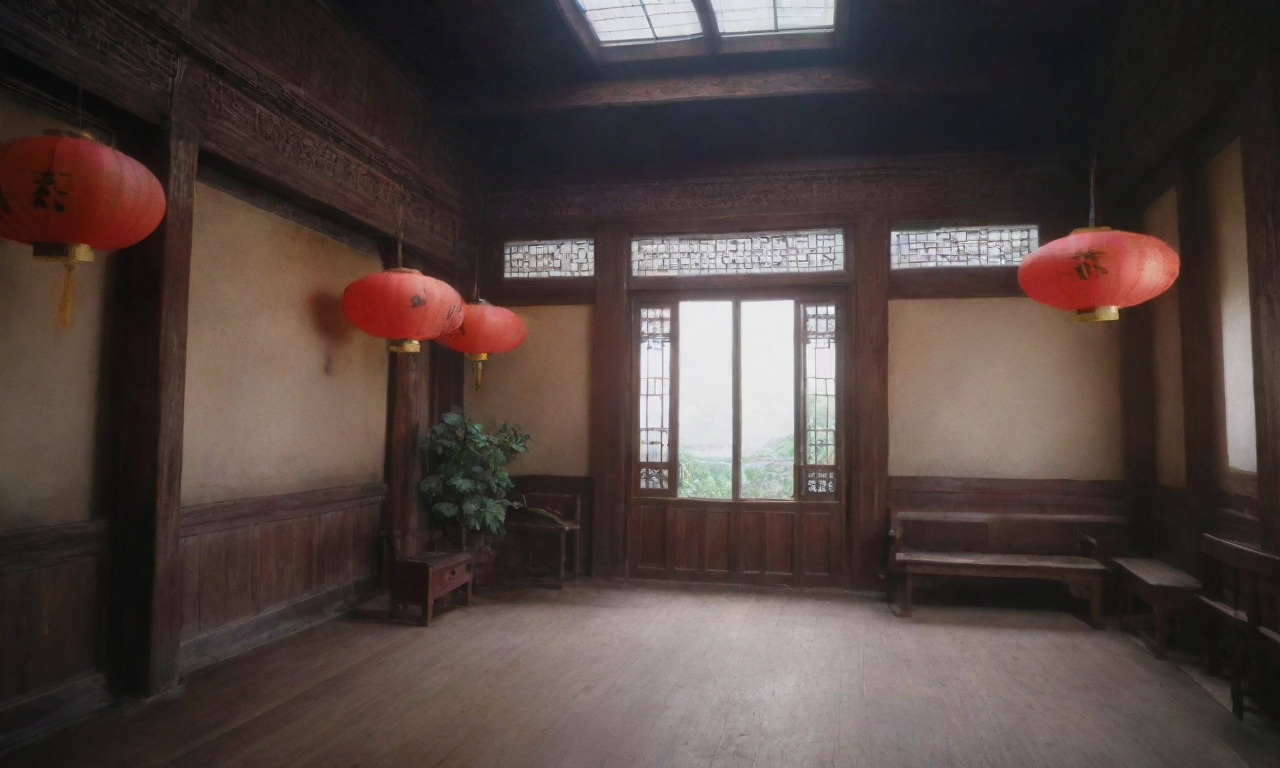Rumors of environmental inspections and reduced production in Australian mines have spurred lithium carbonate futures to surge for 3 consecutive trading days, reversing the previous decline, with the main contract breaking through the 100,000 yuan mark.
As a result, the share prices of major lithium companies such as Tianqi Lithium, Ganfeng Lithium, and Shengxin Lithium have risen recently.
However, multiple institutions have stated that the demand for lithium carbonate remained sluggish after the holiday, and the current market still maintained a weak supply-demand pattern.
Yichun Lithium Mine Environmental Inspection Rumors Ferment
Recently, rumors about environmental inspections of the Yichun lithium mines have been fermenting, causing market concerns.
On February 21st, the lithium carbonate main contract 2407 once hit the daily limit before falling back at the end of the session and closing with a 4.42% surge; on the 22nd, lithium carbonate prices rose again, closing with a 0.77% increase; on February 23rd, lithium carbonate futures rose sharply across the board, with the main contract increasing by 4.3%, closing at 101,800 yuan/ton, once again breaking through the 100,000 yuan mark, with an increase of 7,771 in the number of open contracts.
According to SMM news, there has been recent market rumors that "environmental problems in Yichun have re-emerged, which will restrict companies unable to properly handle lithium slag from starting work. Also, plans to conduct environmental inspections in Yichun after the Two Sessions are underway."
Some institutions have estimated that if the Yichun lithium mica mines were to halt production for one month, it would lead to a reduction of roughly 13,000 tons of lithium carbonate equivalent in mica ore production, accounting for 13% of the global lithium resource supply for the month. The market speculated that the volatility in lithium carbonate prices was mainly affected by the rumors of the environmental inspection.
However, local lithium salt producers in Yichun denied the rumors, claiming it was a routine inspection; Jiangte Electric, one of Yichun's leading lithium carbonate producers, also informed the media that it had not received any notification of environmental inspections and that production was proceeding normally. There is an annual environmental inspection in April, but not currently.
Yichun, located in the northwest of Jiangxi Province, is known as the "Lithium Capital of Asia." Yichun owns the world's largest lithium mica mine, with the extractable amount of lithium oxide accounting for 31% of the national and 12% of the world's reserves. Companies such as Zhi Cun Lithium Industry, Yongxing New Energy, and Jiuling Lithium Industry, which rank among the top in lithium carbonate production, are all headquartered in Yichun.
It is understood that Yichun plans to produce 500,000 tons of lithium carbonate by 2025, which is expected to generate over ten million tons of waste.
Since lithium carbonate prices have been continuously declining, the profit from extracting lithium from lithium slag can no longer cover the costs, and how to handle the slag as required has become a major problem for Yichun mines.
In the first half of 2023, Yichun, Jiangxi, launched an "environmental storm" for the rectification of lithium mica mining and refining, with multiple lithium salt enterprises announcing production suspensions; during the environmental inspection in 2022, multiple enterprises were found to have started construction before passing energy conservation review, and to have poor control over thallium-containing waste, with unclear flow, leading to uncontrollable environmental risks.
Further Production Cuts in Australian Mines Boost Difficulties, Lithium Carbonate Remains with Weak Supply and Demand
In addition to the fermentation of environmental protection rumors, the recent sudden production cuts at Australian mines have further fueled the eager lithium carbonate market.
On the news side, due to cost pressures, Mt Cattlin's mine production forecast for lithium spodumene concentrate in 2024 has been reduced from 205,000 tonnes in 2023 to 130,000 tonnes, approximately decreasing 9,500 tonnes in LCE equivalent.
Cinda Futures stated that recently, lithium carbonate futures prices have rebounded with increased trading volume, market enthusiasm has risen, and unlike the last rebound, warehouse volume began to increase, restoring some confidence among buyers. However, the continued rise in physical inventory suppresses price performance. Technically, the lithium carbonate rebound exceeded expectations, calling for short-term cautious optimism.
In the spot market, battery-grade lithium carbonate is quoted at ¥96,300, and industrial-grade lithium carbonate at ¥89,100, with the supply of industrial-grade lithium remaining tight. Looking at warehouse receipts and deliveries, as of February 22nd, the registered warehouse receipt volume was 16,151 tonnes.
Cinda Futures pointed out that fundamentally, the upward trend on the board has led some lithium salt companies to increase their quotations, but downstream enterprises have limited willingness to purchase, with evident bargaining in transactions. The further reduction in Australian mines production has expanded the disturbance on the supply side, and the operation suggestion is to momentarily observe, closely monitoring the situation of Australian mining projects and downstream inventory replenishment demand.
Cofco Futures also stated that in terms of reduced production, first Cattlin and Wodgina, followed by Greenbushes and Finniss announced production cuts, Australian mines have successively reduced production or lowered operating costs to cope with the pressure from the low lithium prices. If Australian mines further expand the scale of production cuts, it could support the prices; fundamentally, in February, both supply and demand were weak, and the post-holiday inventory buildup did not meet expectations, with no signs of demand boosting, suggesting the bullish market is unlikely to continue.
It is noteworthy that affected by the increase in lithium prices, the stock prices of major lithium companies such as Tianqi Lithium Industries, Ganfeng Lithium and Shengxin Lithium Energy have risen recently. On February 23, Tianqi Lithium Industries rose by 1.61%, and Ganfeng Lithium by 1.25%.
Source: Securities China








